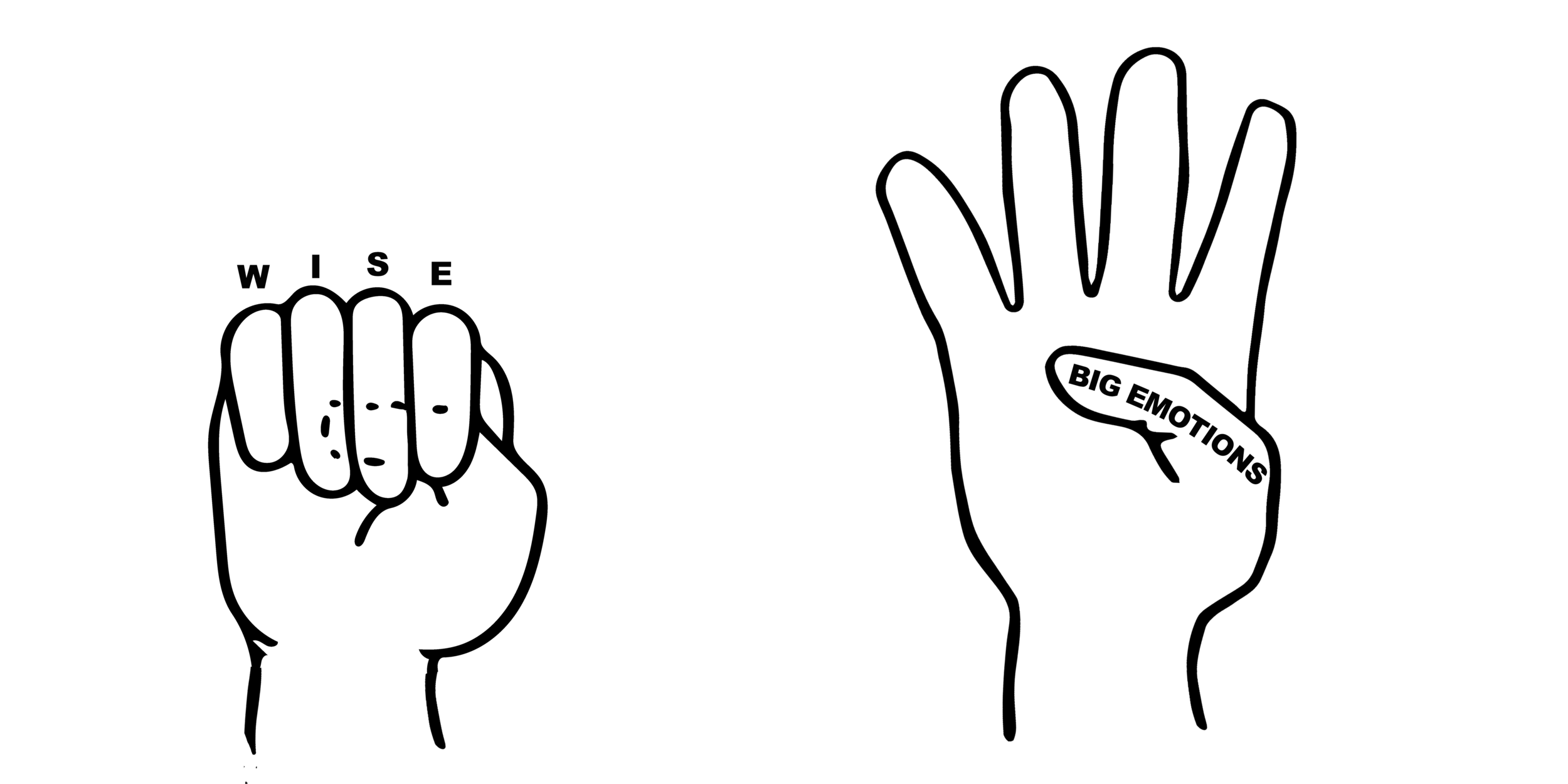Hand Brain Explained
Mary Vicario explains Dan Siegel's Hand Brain.
The Hand Brain was developed by Dr. Dan Siegel. The hand can be used as a ‘working model’ to understand how the brain works. It can help the caregiver better understand their own emotions and those of the people they support. It can help create a shared language (e.g. “Flipping my lid”) so that everyone can communicate about what’s going on and find ways to help.
When information comes into the brain, it immediately goes to the fear center which decides safe or not safe. If it is safe, it lets our cortex or thinking brain come online. But when it’s not safe, it throws the thinking brain offline. When you’re not feeling safe, you can look like you’re out of control. This is because our fear center has thrown our thinking brain offline, all of those wise thoughts that help us control our behavior are out of our reach. The key here is to remember we must connect, before we correct. Until we feel safe in our bodies our thinking brain will not come back online.
As a caregiver, we can start to understand that when someone is behaving irrationally or in unsafe ways this tell us that their fear center is in charge and we need to avoid attempts to control, manage or discipline someone in this moment. We need to reflect the emotions we’re experiencing from that person and find a way to honor their survival strategy, not shame their survival strategy. When we do this we can support the person in experiencing a felt sense of safety which will lead to them having the ability to work cooperatively with others.
